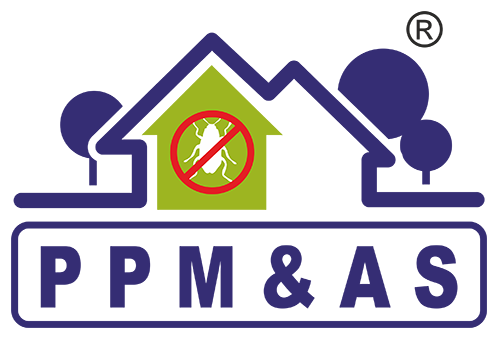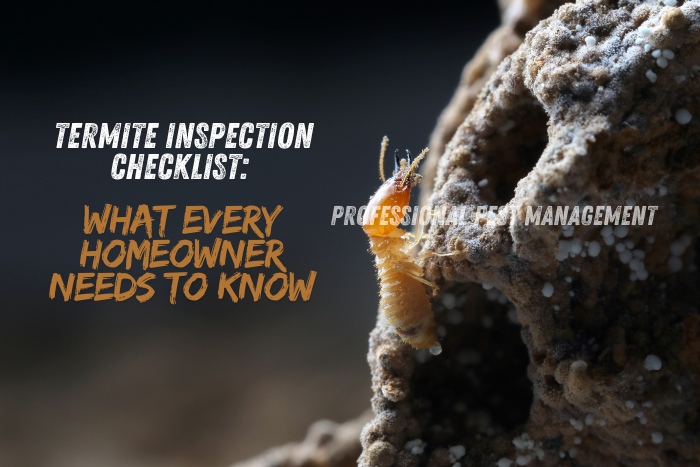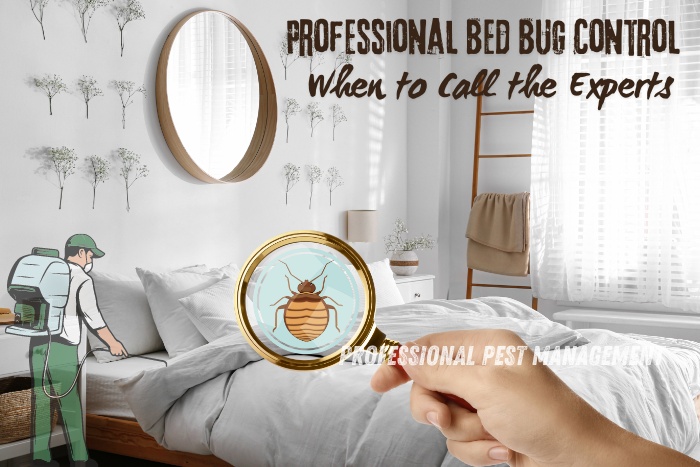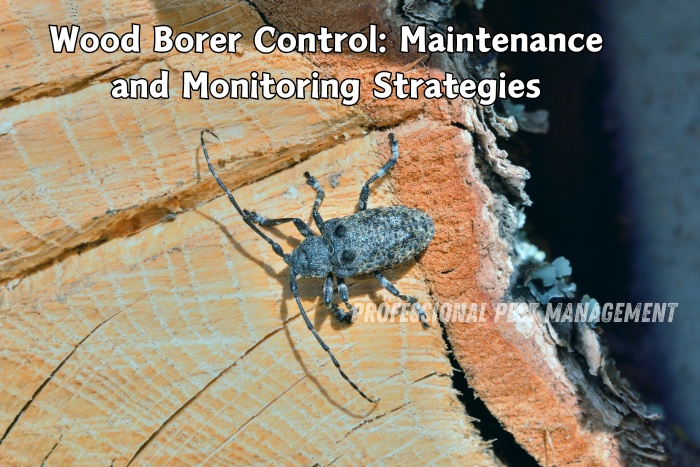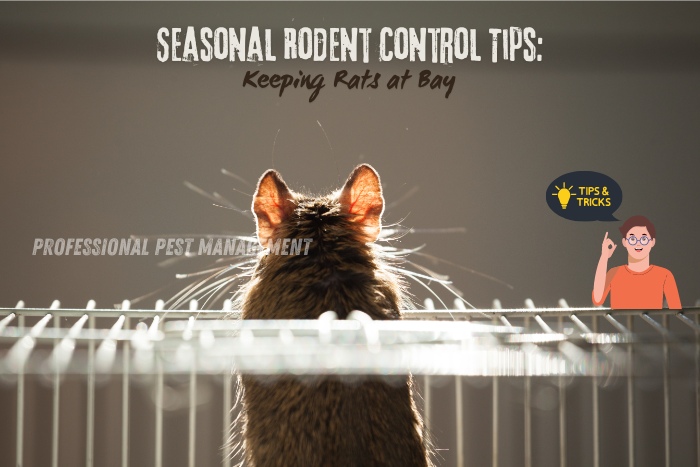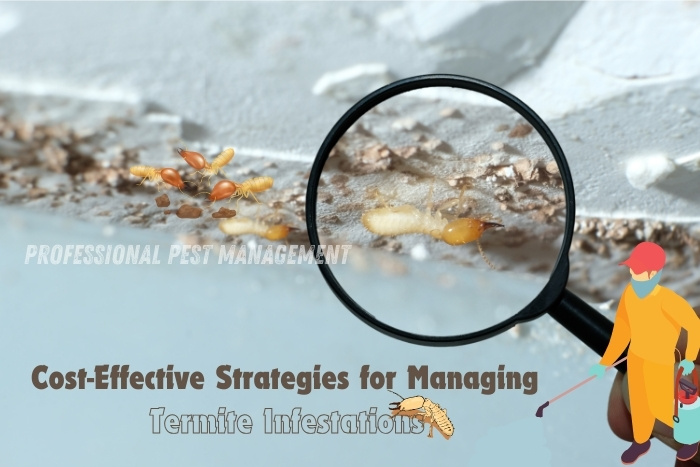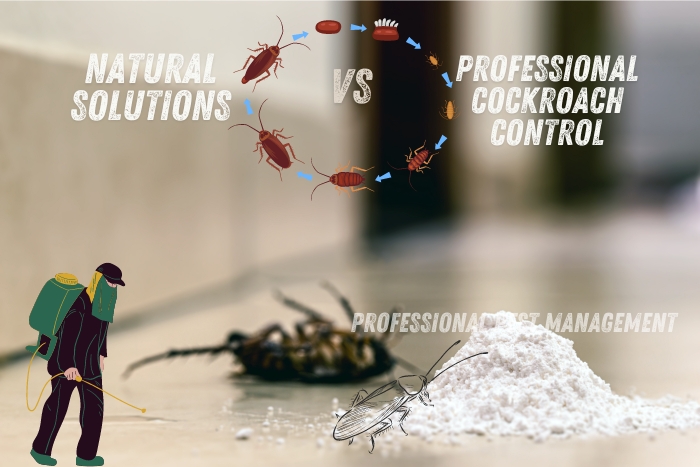Termites are one of the largest risks to your home’s protection, and they sometimes go undiscovered until serious harm is done. If these small insects are not found right away, they might seriously harm your home’s structural integrity. It’s essential to get regular termite inspections to protect your investment. We’ll lead you through a thorough termite inspection checklist in this comprehensive guide, so you can be aware of what to look for and when to contact Professional Pest Management And Allied Services Pvt. Ltd in Chennai for assistance.
Understanding Termites
Before diving into the inspection process, it’s essential to understand what you’re dealing with. Termites are social insects that live in colonies and feed on cellulose, primarily found in wood. There are three main types of termites:
Subterranean Termites
Subterranean termites are the most common and destructive. They live in the soil and build mud tubes to reach food sources above ground. These termites can cause significant damage to the structural integrity of your home.
Drywood Termites
Drywood termites, as the name suggests, infest dry wood and do not require contact with soil. They are often found in attics, furniture, and framing within walls.
Dampwood Termites
Dampwood termites prefer moist wood and are usually found in areas with high humidity or where wood is in contact with moisture.
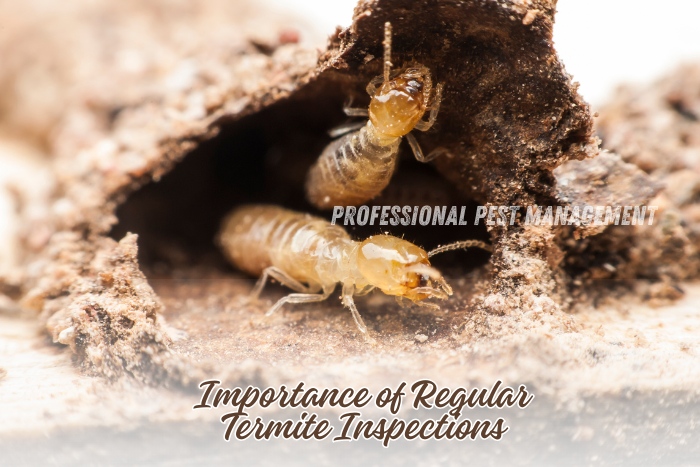
Importance of Regular Termite Inspections
Regular termite inspections are vital for early detection and prevention of infestations. By conducting routine checks, you can identify signs of termite activity before they cause severe damage. Professional inspections are recommended annually, especially in termite-prone areas like Chennai.
Inspection Preparation
Tools Needed
- Flashlight: To illuminate dark areas like basements and crawl spaces.
- Screwdriver or similar tool: To probe wood for damage.
- Protective clothing: Long sleeves, gloves, and a mask to protect yourself from dust and allergens.
- Notepad and camera: To document findings.
Safety Measures
Ensure you take necessary safety precautions. Wear protective gear and be cautious of hazardous areas in your home, such as attics and crawl spaces.
Exterior Inspection
Start your inspection by examining the exterior of your home. Look for the following signs:
Mud Tubes
Subterranean termites build these pencil-thin tunnels to travel from their colony to their food source. Check your foundation, walls, and any other structures touching the ground.
Wood Damage
Look for wood that sounds hollow when tapped. Termites eat wood from the inside out, so damage might not be immediately visible.
Swarmers
Winged termites or discarded wings near windowsills and doors are signs of a termite colony nearby.
Moisture Issues
Termites are attracted to moisture. Check for leaking pipes, poor drainage, and areas where water pools near your home’s foundation.
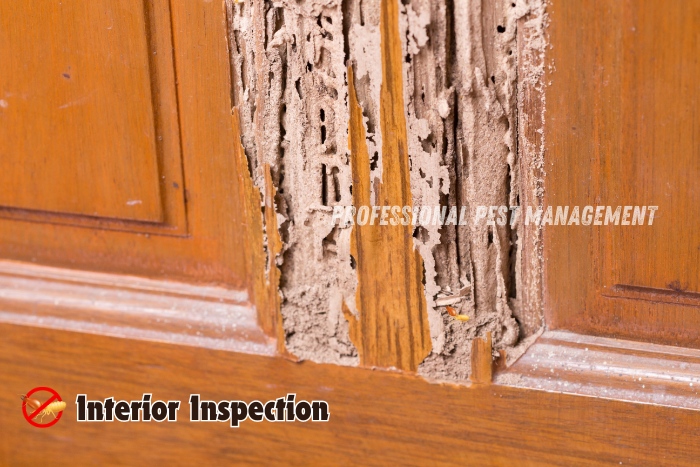
Interior Inspection
Next, move inside to check your home’s interior, paying close attention to these areas:
Basements and Crawl Spaces
Use a flashlight to inspect joists, beams, and any wood in contact with the ground. Look for mud tubes and wood damage.
Attics
Inspect wooden rafters and other structural components for signs of termites.
Walls and Floors
Tap on wooden walls and floors to check for hollow sounds. Look for blistered or sagging wood, which may indicate internal damage.
Windows and Doors
Termites often enter homes around windows and doors. Check for any signs of damage or mud tubes.
Common Signs of Termite Infestation
Knowing the signs of a termite infestation can help you catch the problem early. Here are the most common indicators:
Mud Tubes
Pencil-thin tunnels running up your foundation or walls.
Wood Damage
Hollow-sounding wood or visible damage.
Frass
Termite droppings that look like tiny wood pellets.
Swarmers
Winged termites or discarded wings.
When to Call a Professional
While DIY inspections can be effective for spotting early signs of termites, a professional inspection is crucial for a thorough evaluation. Call an expert if you find significant damage, signs of an active infestation, or if you’re unsure about what to look for.
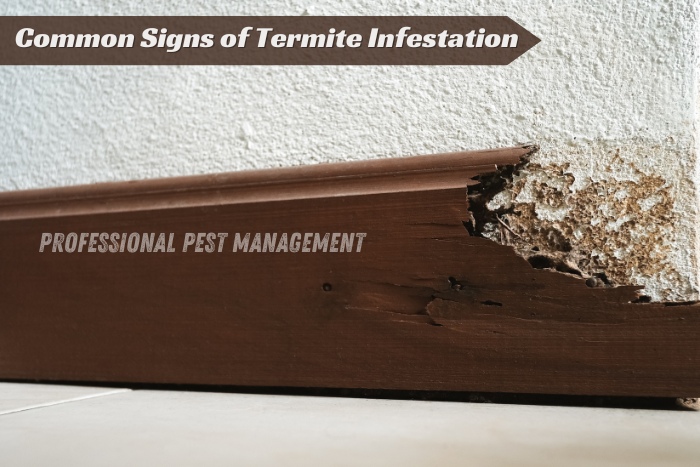
DIY Tips for Termite Prevention
Preventing termites is easier and cheaper than dealing with an infestation. Here are some DIY tips:
Reduce Moisture
Fix leaky pipes, improve drainage, and keep gutters clean.
Store Wood Properly
Keep firewood and lumber away from your home.
Seal Cracks
Fill in cracks and gaps in your foundation and around windows and doors.
Regular Inspections
Perform routine checks of your home’s exterior and interior.
Professional Help
If you suspect a termite infestation, it’s crucial to contact professionals like Professional Pest Management And Allied Services Pvt. Ltd in Chennai. Our experienced team can provide a thorough inspection and recommend effective treatment plans tailored to your specific needs.
Conclusion
Regular termite inspections are essential to maintaining the integrity and value of your home. By understanding what to look for and how to conduct an inspection, you can catch infestations early and take preventive measures. Remember, when in doubt, calling a professional is always the best course of action.
